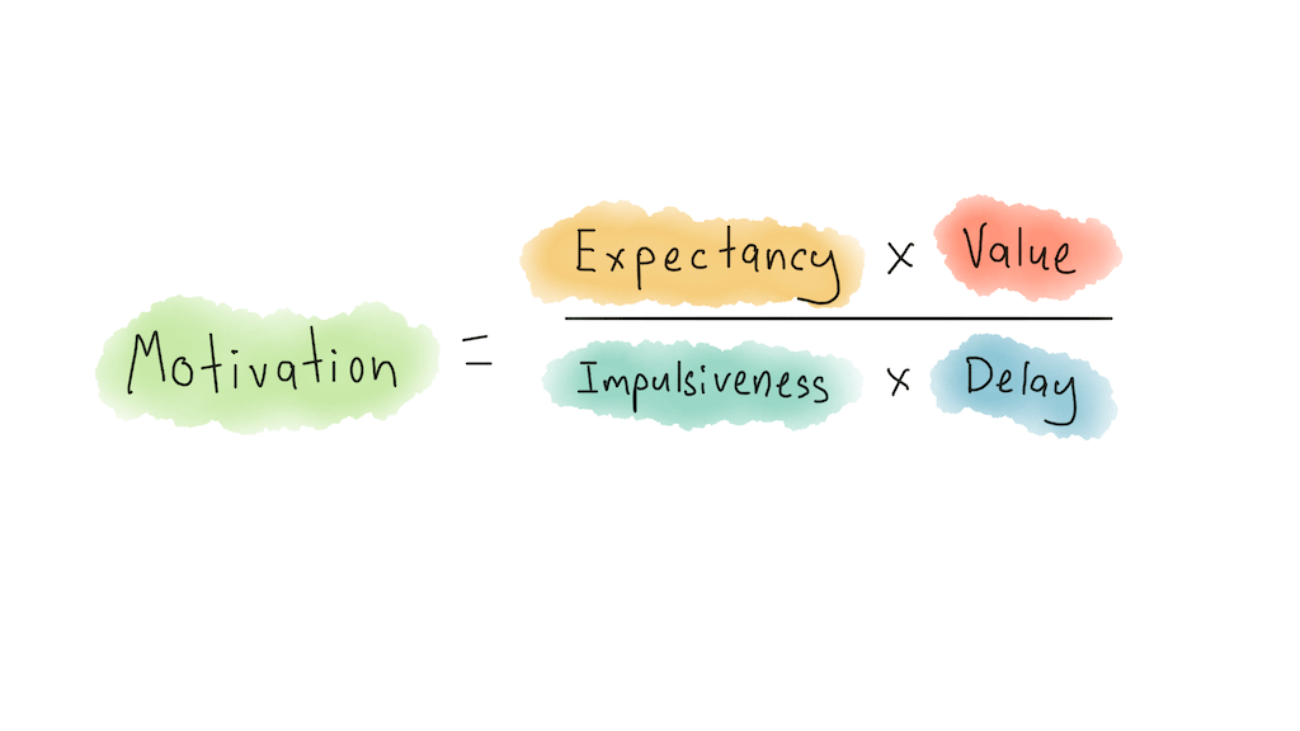How to be the Best and Learn from the Worst…
A must reading for all who has – or is – a boss.
75% of the workforce reports that their immediate supervisor is the most stressful part of their job
Professor of management Dr. Robert I. Sutton, the best-selling author of The No Asshole Rule, explores how good and bad bosses affect the workplace and what distinguishes one from the other
Dr. Sutton says that as more people shared with him their asshole stories, about working and dealing with assholes (as a result of reading or hearing about “The No Asshole Rule”), he realized that everything came back to one central figure — the boss. It was from the countless workplace asshole stories and the desire to share how to be a skilled boss or how to work for one that led Dr. Sutton to write “Good Boss, Bad Boss.”
How Bad Bosses creates Negative Impact?
The prevalence of bad bosses is confirmed by careful studies. A Zogby survey of nearly 8,000 American adults found that of those abused by workplace bullies (37 percent of respondents), 72 percent were bullied by superiors.Stories about the damage done by bully bosses are bolstered by systematic research. University of Florida researchers found that employees with abusive bosses were more likely than others to slow down or make errors on purpose (30 percent vs. 6 percent), hide from their bosses (27 percent vs. 4 percent), not put in maximum effort (33 percent vs. 9 percent) and take sick time when they weren’t sick (29 percent vs. 4 percent).
A boss can be bad in many ways, but whatever the permutation, ill behaved bosses make people sick. In England, researchers tracked 6,000 civil service workers for 20 years. Those with bosses who were hypercritical, poor listeners or stingy with praise experienced higher rates of angina, heart attacks and death from heart disease than those working for benevolent bosses. Finnish and Swedish studies show similar results. Employees working for bad bosses frequently report feeling angry, stressed out, emotionally numb, depressed or anxious. On the flip side, employees are more satisfied and productive when they feel their bosses care about them. Organizations with good bosses enjoy healthier employees, more profitability and greater employee retention.

Balance, Determination and “Small Wins”…
Good bosses are not micromanagers who stifle creativity and interrupt work flow, and they’re not lackadaisical, like bosses who fail to achieve company goals. Good bosses walk the line between stepping in when necessary and letting their employees work without interference. Good managers have determination, or “grit” – that is, “perseverance and passion toward long-term goals.” Bosses with grit regard work as a marathon, not a sprint. They sustain effort through adversity and never stop learning.
Good bosses don’t just plan to meet long-term goals. They also set out to achieve small wins along the way and to motivate staffers to reach for lofty goals. For example, some people “freak out or freeze up” when their tasks become overwhelming or too complex. People are more effective when they conquer smaller tasks and celebrate small victories. Helping staff members stay calm and confident is one reason to break projects into manageable, contained segments.
The 10 commandments For Wise Bosses:
- Have a Strong opinions and weakly held beliefs.
- Do not treat others as if they are idiots.
- Listen attentively to your people; don’t just pretend to hear what they say.
- Ask a lot of good questions.
- Ask others for help and gratefully accept their assistance.
- Do not hesitate to say, ”I don’t know”.
- Forgive people when they fail, remember the lessons, and teach them to everyone.
- Fight as if you are right, and listen as if you are wrong
- Do not hold grudges after losing an argument. Instead, help the victors implement their ideas with all your might.
- Know your weakness and flaws, and work with people who correct and compensate for your weakness, Express gratitude to your people.
Conclusion:
“Good Boss, Bad Boss” is about the best bosses and what they do. It’s not about incompetent or even mediocre bosses. As Dr. Sutton puts it, it doesn’t matter if you’re a boss whose team brought in the highest sales number or a principal of an award-winning school, if you treat people badly, you don’t deserve to be called a great boss.
About Author: Robert Sutton is Professor of Management Science and Engineering and a Professor of Organizational Behavior (by courtesy) at Stanford. Sutton has been teaching classes on the psychology of business and management at Stanford since 1983. He is co-founder of the Center for Work, Technology and Organization, which he co-directed from 1996 to 2006. He is also co-founder of the Stanford Technology Ventures Program and the Hasso Plattner Institute of Design (which everyone calls “the d school”). He has published over 100 articles and chapters on these topics in peer-reviewed journals and the popular press. Sutton’s books include Weird Ideas That Work: 11 ½ Practices for Promoting, Managing, and Sustaining Innovation, The Knowing-Doing Gap: How Smart Firms Turn Knowledge into Action (with Jeffrey Pfeffer), and Hard Facts, Dangerous Half-Truths, and Total Nonsense: Profiting from Evidence-Based Management (with Jeffrey Pfeffer). The No Asshole Rule: Building a Civilized Workplace and Surviving One That Isn’t and Good Boss, Bad Boss: How to Be the Best…. and Survive the Worst are both New York Times and Wall Street Journal bestsellers.






